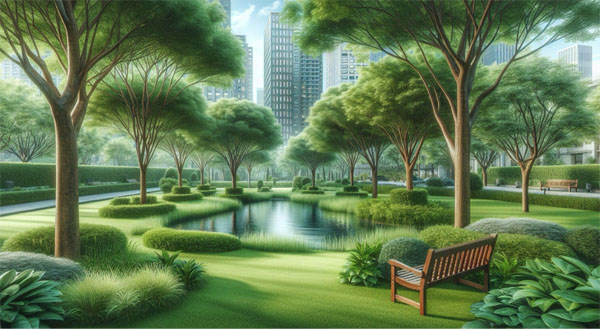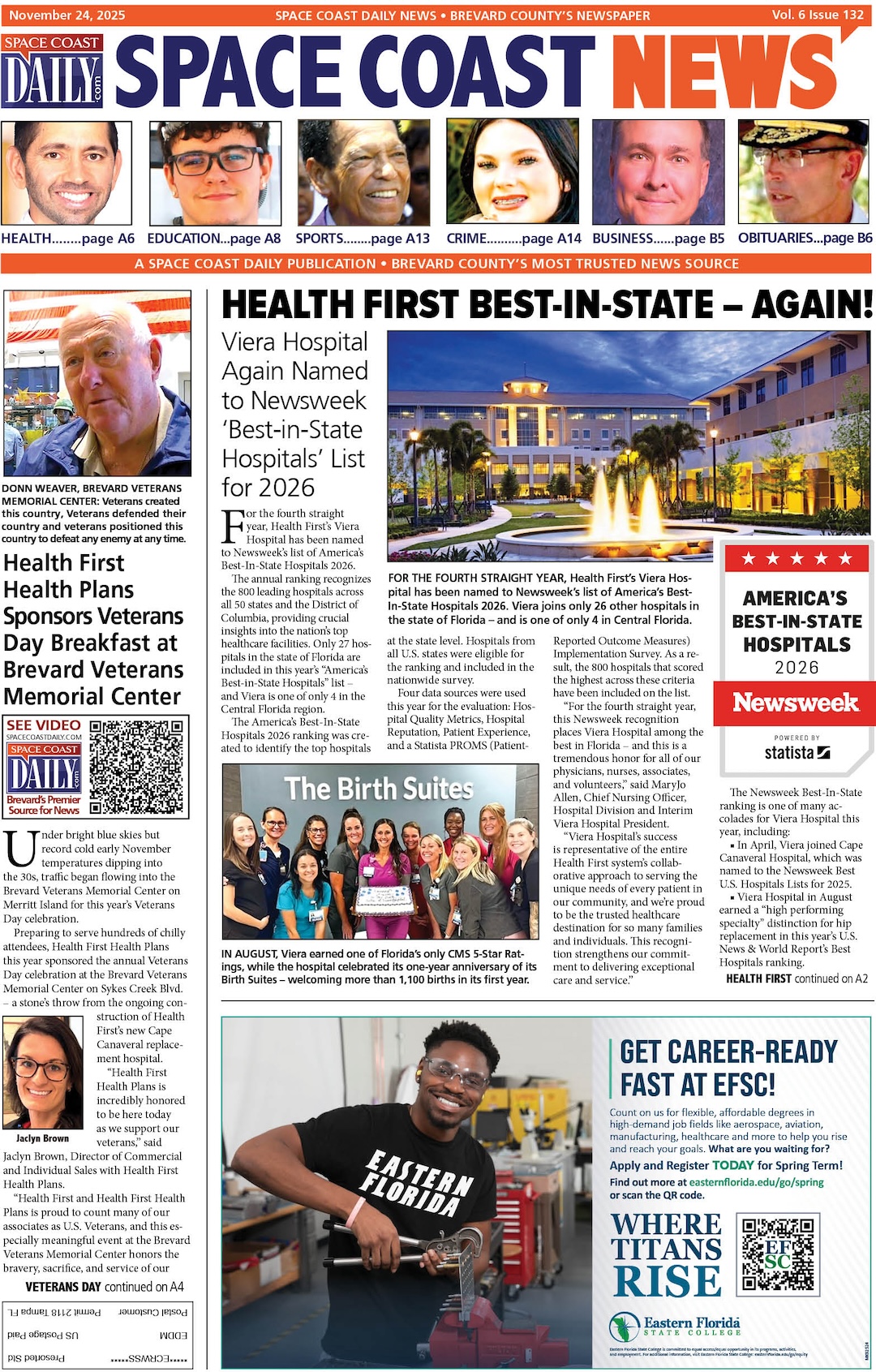Urban Green Spaces
By Space Coast Daily // June 26, 2024

While physical green spaces are invaluable, not everyone has easy access to them. This is where nature-themed prints come into play.
Visual representations of nature, such as paintings, photographs, and wallpapers, can bring the calming effects of green spaces indoors. These visual elements can serve as a reminder of nature’s beauty and provide a sense of tranquility in urban settings.
Research has shown that nature-themed art can have a positive impact on mental health. A study published in the Journal of Environmental Psychology found that individuals who viewed images of natural landscapes experienced reduced stress and improved mood. These visual cues can evoke memories of past experiences in nature, triggering a sense of relaxation and well-being.
Incorporating nature-themed prints into home and office decor can complement physical green spaces. For example, a nature-themed mural in a corporate office can provide employees with a mental escape, reducing stress and increasing productivity. Similarly, nature-themed prints in hospitals have been shown to aid in patient recovery by creating a soothing environment.
Several cities around the world have successfully integrated green spaces into their urban landscapes. These spaces are not only well-designed but also well-maintained, ensuring maximum benefits for the community.
Take Singapore’s Gardens by the Bay, for instance. This 250-acre nature park is a testament to innovative urban planning. It features the iconic Supertree Grove, Cloud Forest, and Flower Dome, attracting millions of visitors each year. The park’s design promotes biodiversity, sustainability, and community engagement, making it a model for urban green spaces.
Another example is the High Line in New York City. This elevated linear park, built on a disused railway track, has transformed a neglected area into a vibrant public space. The High Line offers walking paths, gardens, and public art installations, providing a unique urban experience. Its success has inspired similar projects in other cities, demonstrating the potential of creative green space design.
Future directions
As cities continue to grow, the development of urban green spaces must evolve to meet the changing needs of their inhabitants. Emerging technologies, policy changes, and community initiatives all play a crucial role in enhancing the accessibility and effectiveness of these spaces.
One promising trend is the use of smart technology in green space management. Sensors and data analytics can monitor environmental conditions, track visitor patterns, and optimize maintenance schedules. This technology can help cities manage their green spaces more efficiently, ensuring they remain vibrant and healthy.
Policy changes are also essential in promoting the development of urban green spaces. Governments can implement regulations that require new developments to include green spaces or offer incentives for green infrastructure projects. Additionally, public-private partnerships can fund the creation and maintenance of these spaces, fostering community involvement and ownership.
Community initiatives are another vital component of enhancing urban green spaces. Local groups can organize clean-up events, tree planting drives, and educational programs to promote environmental stewardship. By involving residents in the care and maintenance of green spaces, cities can create a sense of shared responsibility and pride.
In conclusion, urban green spaces are indispensable for the well-being of city dwellers. They provide a much-needed escape from the urban environment, offering physical and mental health benefits. As we look to the future, it is crucial to continue investing in and enhancing these spaces to ensure they remain accessible and beneficial for all.












